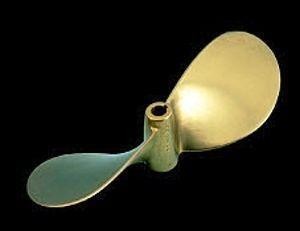Here is a cruisers viewpoint.
A 150 is a racing sail. You have to have one to go to the weather mark in light winds. With crew for ballast, you can carry on into medium winds. On anything downwind from a close reach, as you ease the sheet, the sail shape becomes lousy. And furling the sail also results in a bad shape. Finally if the wind pipes up, handling the 150 can be difficult for a cruising crew.
So we usually cruise the variable winds of summer Lake Erie with a 110 and our asymmetric spinnaker. The asymmetric is a perfect sail from 70 to 140 degrees off the wind. Many of our cruising courses fall in that range. And it gives us good speed in light to medium winds.
If we plan a close reach, or close hauled in light winds, we hoist our 135. If winds pick up, we can roll it in to 120-125 and move the fairleads and still have decent shape.
Honestly if we are heading into light winds, and minimal waves, we fire up the iron genny, and motor sail on the main. An advantage of our Lake Erie Islands cruising ground is that there is always a fun destination on a reach if there is wind.

